Pick
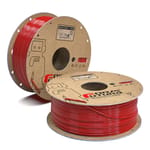
PETG is one of the most popular 3D printing materials. It’s an the easy-to-print, food-safe, durable, and affordable material that is probably the second most popular filament in printing — behind PLA.
With its superior hardness, impacts absorption, and temperature and chemical resistance, PETG is often picked over PLA for practical applications that need to accommodate regular use and a touch of flexibility.
Once you’ve chosen PETG for your print, you’ll need to choose which blend to pick up. With a seemingly endless array of spools occupying the market, it can be tricky knowing which to pick. So, being the helpful lot we are, we’ve sorted through the most popular PETG on the market today to list our favorites, as well as the most promising purchasable spools. So, scroll on down to see which ones made the cut.
We’ve written this article to help you narrow down your filament selection to a curated list of the best PETG brands so you can make a better-informed decision.
Despite our print lab running almost 24/7 and our revolving door of 3D printers, our needs are not all that different to the average consumer. Primarily, we rate materials based on their price and consensus of quality. In addition to our own personal usage of many of the filaments on this list, we’re also drawing on research to identify the best PETG spools you can get your paws on.
One thing we haven’t done is put each filament through lab printing to present some kind of equivalence between them. It’s not helpful, as those results would be useful only to our specific testing conditions. A fair test is almost impossible with a global readership. Things like the temperature and humidity of where you live, your specific printer, print settings, the model, plus an uncountable number of other variables, all affect how PETG (and any filament for that matter) ultimately perform.
So, instead of insufferable levels of unhelpful data, we’ve gone with inspiration. The list below is ranked only by price, not any particular measure of worth or our feeling toward a particular spool.
With that out of the way, let’s get looking at these PETG spools in a bit more detail, shall we?
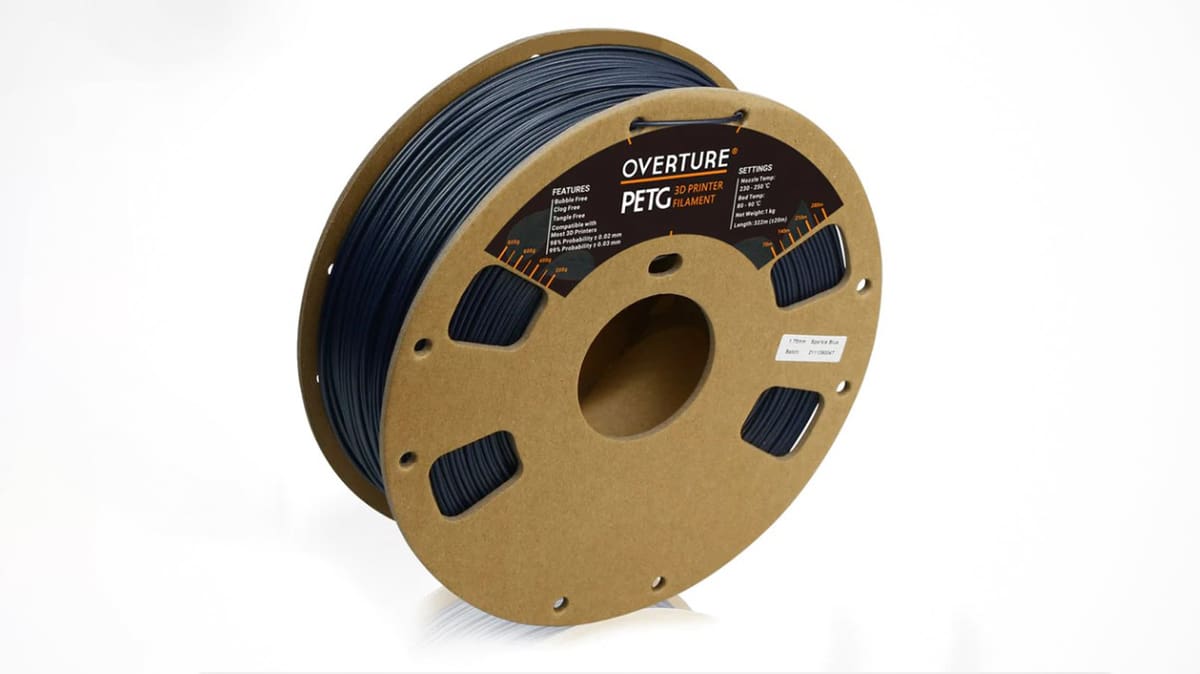
Overture is a filament manufacturer you’ll often see pop up on Amazon. It’s a mass producer of various filaments, and these types of brands can be a coin toss when it comes to quality. Overture must be playing with a weighted coin though, because time and again, Overture PETG has come up with the goods – at least according to many user reports across the online 3D printing sphere.
The price is certainly appealing. You can pick up a black or white 1-kg spool of this stuff for just $19, and there are more than a few colors to select from as well, with 18 available in just its basic PETG blend.
Overture has more than that to offer, though, as the firm has four different colors of transparent PETG filament and a “rock” PETG, which gives a stony, matte finish to prints.
Another plus point in Overture’s favor is the fact that all its PETG spools are measured to a dimensional tolerance of ±0.03 mm – a slight advantage over many more expensive brands.

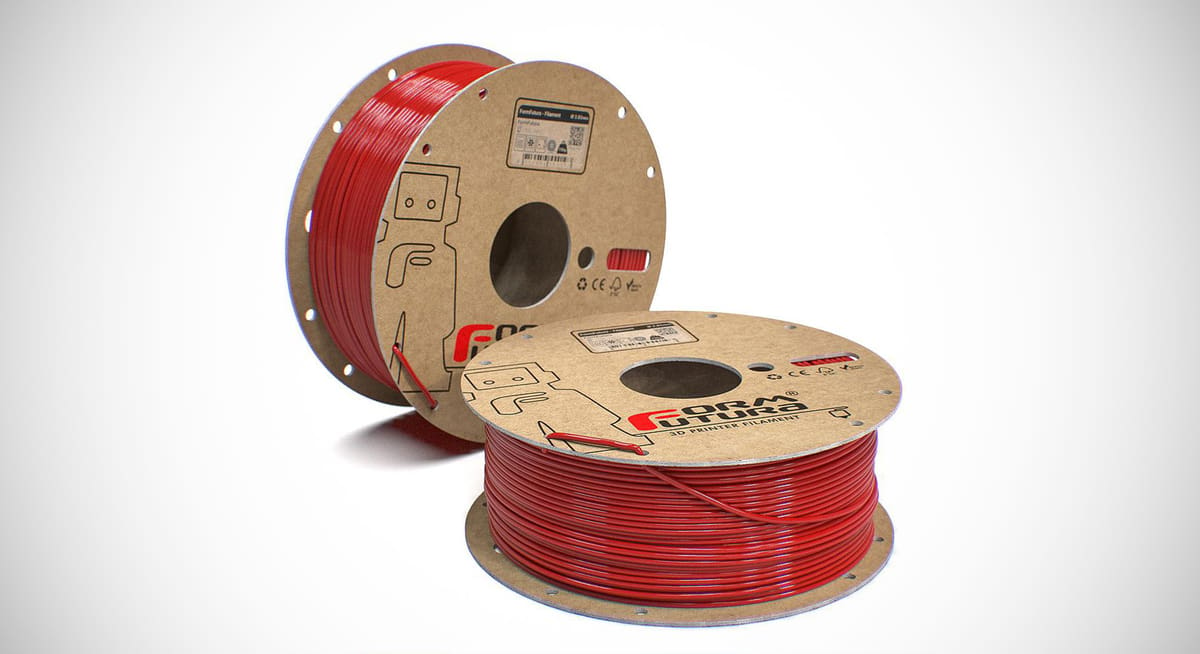
rPET is essentially just a name used for PET manufactured using recycled PET material.
Using recycled materials is excellent for the environment, but often avoided due to an assumed lower quality. While it’s true some recycled filaments can be something of a stringy mess, there’s at least one exception we swear by: FormFutura’s ReForm rPET.
As with all FormFutura’s ReForm filaments, this material is produced entirely from recycled filaments from FormFutura’s own manufacturing waste streams — rPET specifically from its HDglass filament.
ReForm rPET surprised our editors, finding little to no issues with stringing. Shocking, since you can usually expect PETG to be stringy on its best days, and recycled material does this behavior no favors. We’ve also observed surprisingly little warping from the material and generally regard it to behave like PLA. Bliss.
ReForm rPET also goes for a fantastic price of just $20 per kilogram – around the cost of an average PLA. FormFutura says a big part of that is down to the fact it is produced from recycled filament, stating on its website that “Sustainability and affordability can go hand in hand”.
Due to the fact that it’s sourced by a waste stream of various colors, rPET’s color can vary significantly, including in base white and black. So, you may not want to use it for projects that eat multiple spools — though it is also available in a wide variety of sizes. If you’re prepping for a large project, you can purchase bigger spools of 2.3, 3.5, or 4.5 kg for more material of the same shade and at a bulk price to boot. Or, if you’re worried about filament getting old, FormFutura sells rPET in smaller quantities of 250 and 750 grams.

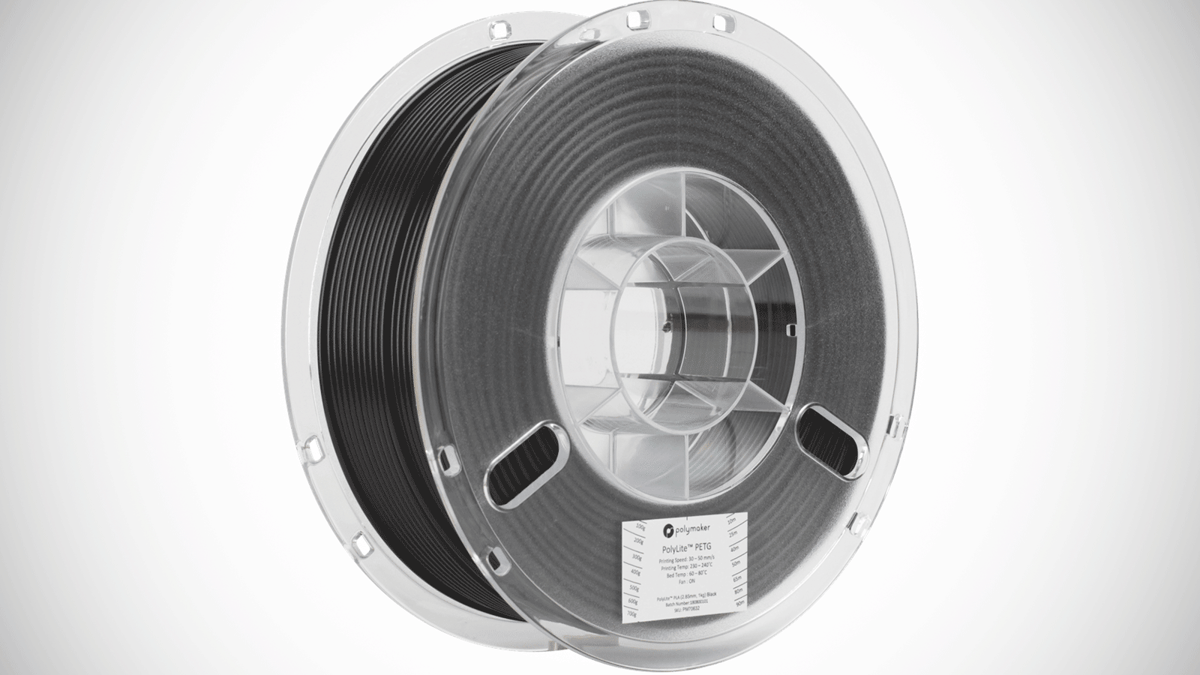
Polymaker is another 3D printing material manufacturer held in high regard by makers. The company offers many product lines for different specializations, but we’re looking at PolyLite PETG here, PolyLite being the sub-brand of its general consumer materials that cover the most popular 3D printing filaments.
Polymaker’s PolyLite PETG has a standard tolerance of ±0.05 mm and is priced at ~$22 for a 1-kg spool. The packaging is also smart, with lines on the label that tell you approximately how much material you have left on a spool – good for knowing when you need to order more.

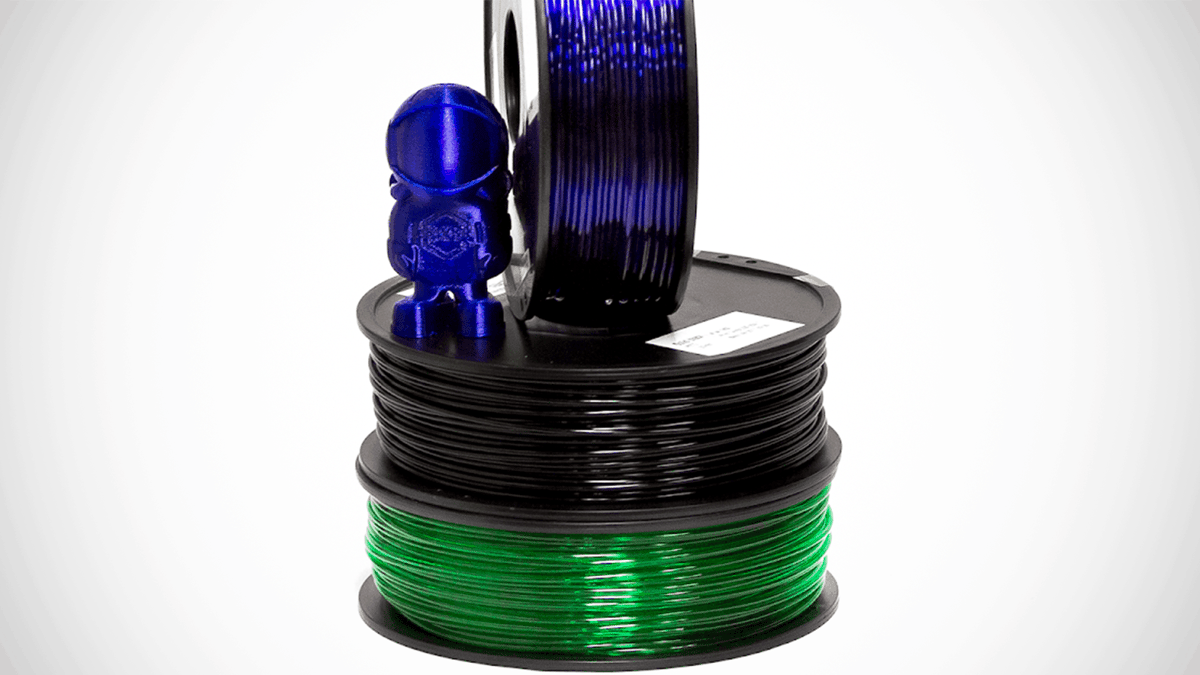
MatterHackers has been selling filament for a long time, and is a trusted name for makers, particularly in North America. Its Build Series is the company’s entry-level consumer filament line, made to balance cost and quality. In short, we find it to be exactly what you’d expect; an affordable, good-quality material from a reputable company.
MatterHackers Build Series PETG is certainly a good material for the low price, with a dimensional accuracy of ±0.05 mm for a retail price of ~$22 for 1-kg spools. It’s a reasonably strong material suitable for all kinds of uses that also comes in 27 colors. Meaning that, unlike some spools in this list, there’s a far larger array of finishes for consumers to choose from.


Pay a visit to All3DP’s print lab and you’ll discover that Eryone’s PETG is one of the materials we almost always keep a stock of.
Eryone PETG is a solid filament with a mid-range dimensional tolerance of ±0.03 mm and a competitive price of ~$25, for a 1-kg spool. Recently, Eryone has also expanded its color selection by around 50%, providing greater variety for consumers to choose from and countering what was perhaps our only real criticism of the filament.
Eryone PETG was found to have consistent behavior in line with what we’d expect from PETG, but we find its performance superseded by FormFutura ReForm rPET on account of the latter’s superior handling. That said, it remains a great option, and we always have some on hand due to its higher-than-average dimensional accuracy and reasonable price.
Spend somewhere between five and ten bucks more, and you can also purchase a glitter-enriched “Galaxy” PETG from Eryone, or a Carbon Fiber PETG blend that’ll offer much greater strength.

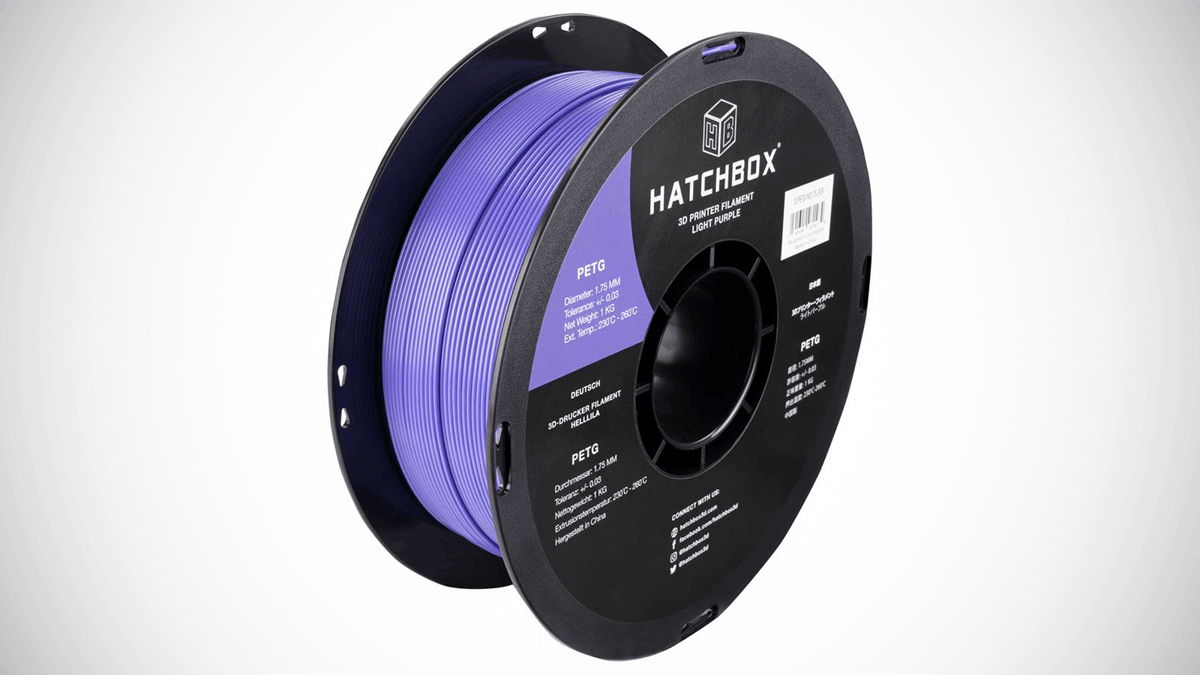
A popular materials company, Hatchbox gets a lot right with its PETG filament.
It keeps tolerances tight with a dimensional accuracy of ±0.03 mm, and the price is good too, at ~$25 for a 1-kg spool. There’s also a fantastic variety of 31 colors to choose from — which launches Hatchbox PETG into our Top Picks as our Budget Pick. If you like having plenty of interesting color options from your materials, this PETG is the way to go.
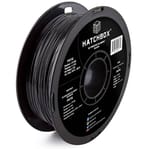
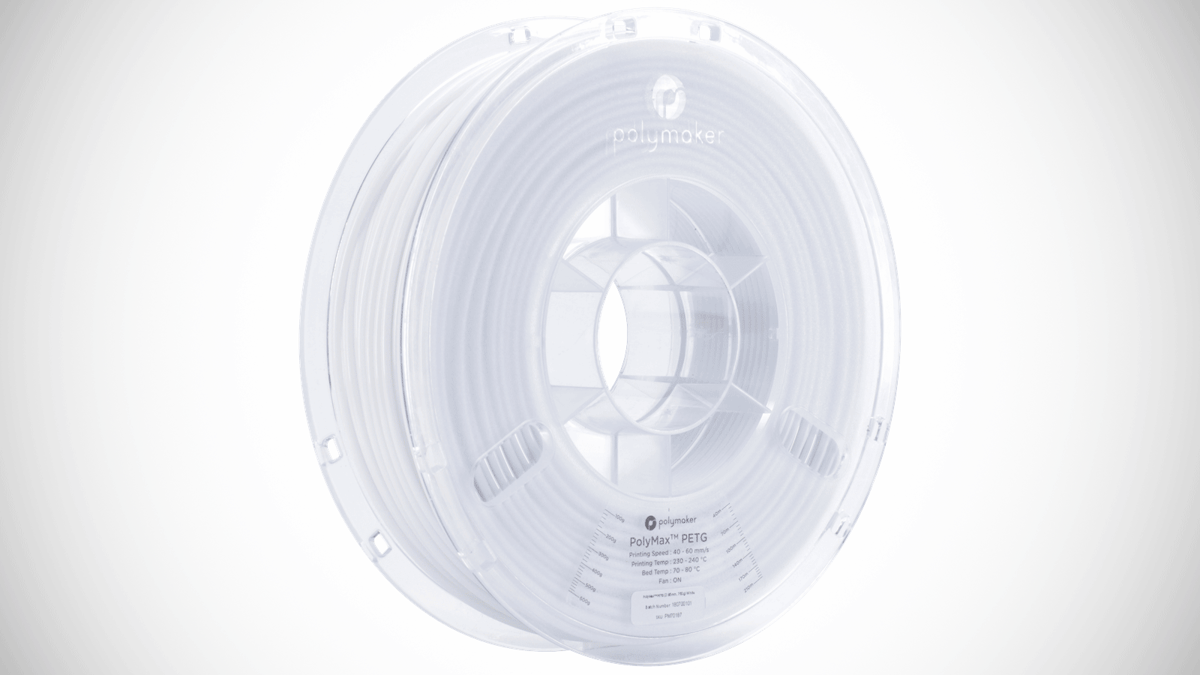
Polymaker positions its PolyMax sub-brand as a high-quality filament line, using what it calls “nano-reinforcement technology” to make a superior product. The claim? PolyMax PETG, like other materials in the category, has “exceptional mechanical properties and printing quality.”
The company doesn’t necessarily seem to be targeting professional applications with PolyMax, and has an average tolerance of ±0.05 mm. Rather, it markets the filament as a generally superior variety of consumer material. For that, customers are asked to pay ~$30 for 750 grams of filament. It’s biggest downside, though? It’s available in just two colors, black or white.

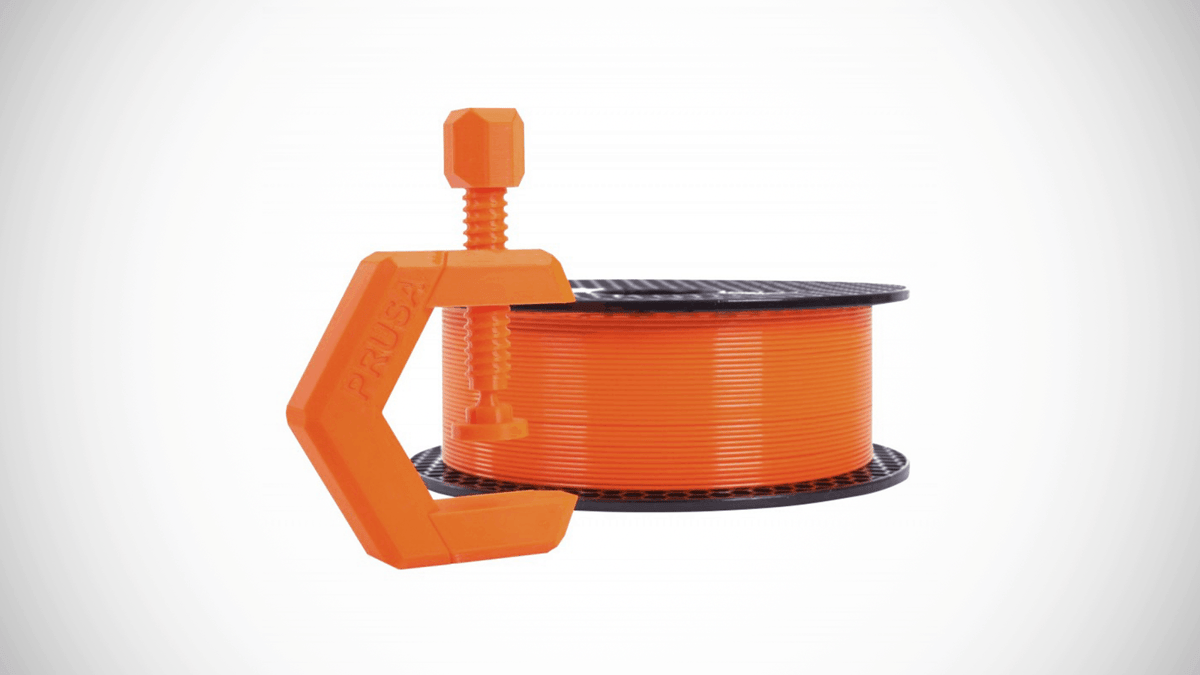
As you might expect from the famously thorough Czech 3D printing powerhouse, Prusa Research has its own line of 3D printing materials dubbed “Prusament”. Like all of the company’s products, its PETG filament is produced to exact specifications.
Prusament PETG has an exceptional dimensional accuracy of just ±0.02 mm and is still a reasonable price of ~$30 per 1-kg spool too. That’s pretty hard to beat, value wise, especially when you also consider the 22 colors available.
Prusament PETG is also available as refill only (saves $2-3) jumbo 2-kg spools (an additional $20), as well as its own “self-extinguishing” variant called V0. For those seeking extra strength, a carbon fiber-enhanced blend is also offered, as well as a matte black-finished spool. Options are certainly not endangered with this brand of PETG, that’s for sure.
A safety net is rarely needed with filaments, but Prusa Research is well known for its excellent support, so we’re confident any potential issues would be solved too.

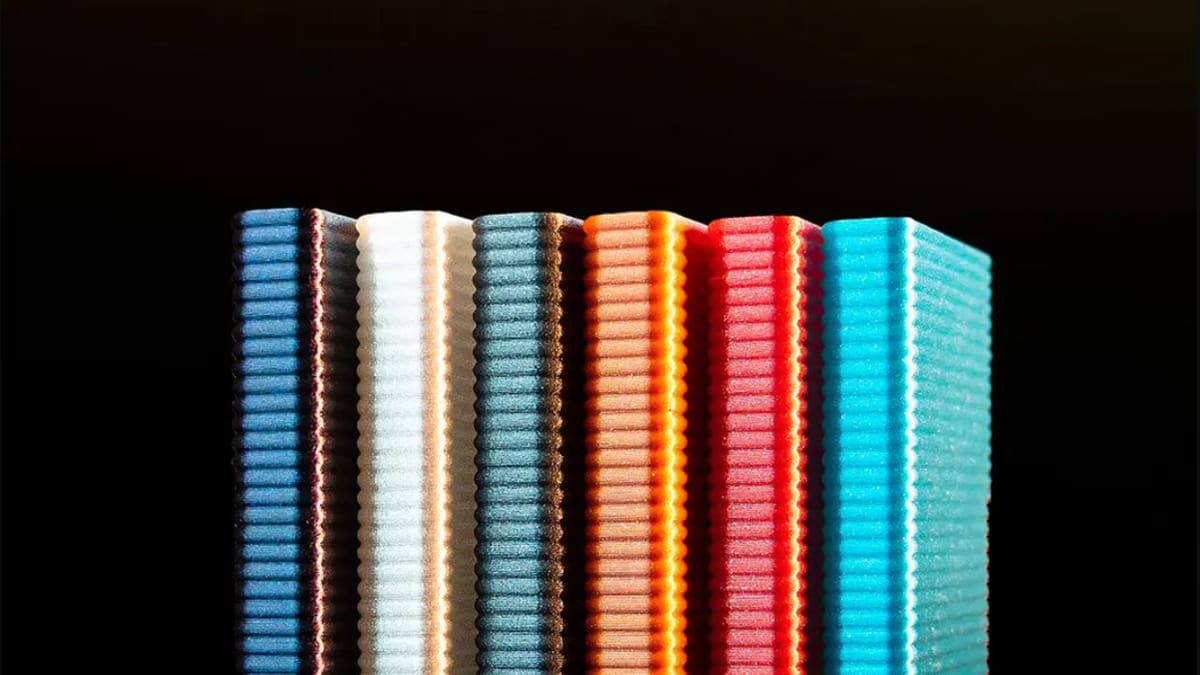
Fillamentum PETG has a healthy reputation as a solid and dependable PETG filament available in an array of interesting and unusual colors.
Priced a little over $30 per 1-kg spool, Fillamentum offers its PETG with an average diameter tolerance of ±0.05 mm in single-kilo-weight spools only. It’s the colors that steal the show here, though. There are over 20 to choose from, almost all of them interesting or different in some way, and with names to match.
Lemon Yellow Transparent, Gold Cloud, Forget-me-not Blue, and Sea Wave, in particular, look cool, but our favorite is the Wizard’s Voodoo – a magical halfway house between dark blue and black.
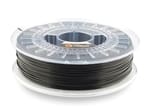
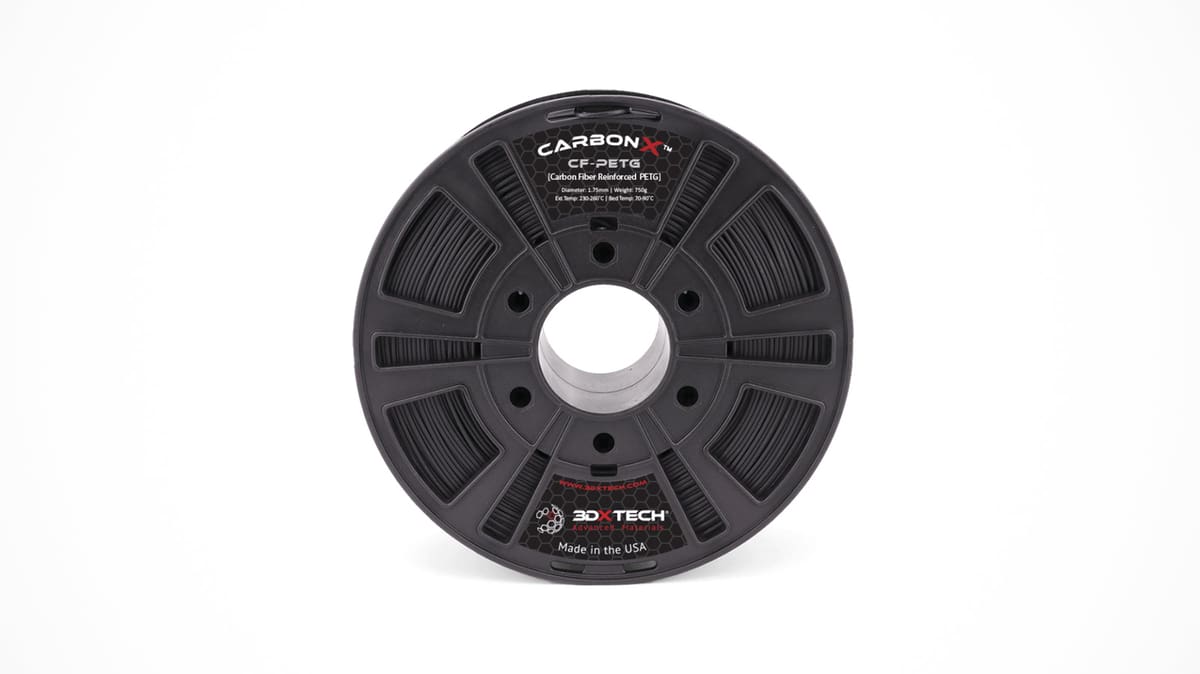
Carbon Fiber-reinforced PETG is an exceptionally strong material suitable for use in all kinds of heavy-duty scenarios. There are more than a few blends of these two materials in one filament out there, but 3DXTech’s CarbonX filament has one of the best reputations among the pack.
The Grand Rapids-based firm has close to 100 customer reviews left on the item’s product page, scoring it with an average of 4.9 out of 5; you can be pretty confident in pulling the trigger on this particular filament. Carbon Fiber filament blends are rarely cheap, but at $48 per 750 g, 3DXTech is more than competitive with its pricing.
This material will be more than suitable for users wanting an exceptionally strong blend of PETG that is suitable for practical use in high-demand applications. It can be printed on most standard consumer machines, but 3DXTech recommends using a hardened steel nozzle and a glue stick to help the print adhere to the bed.

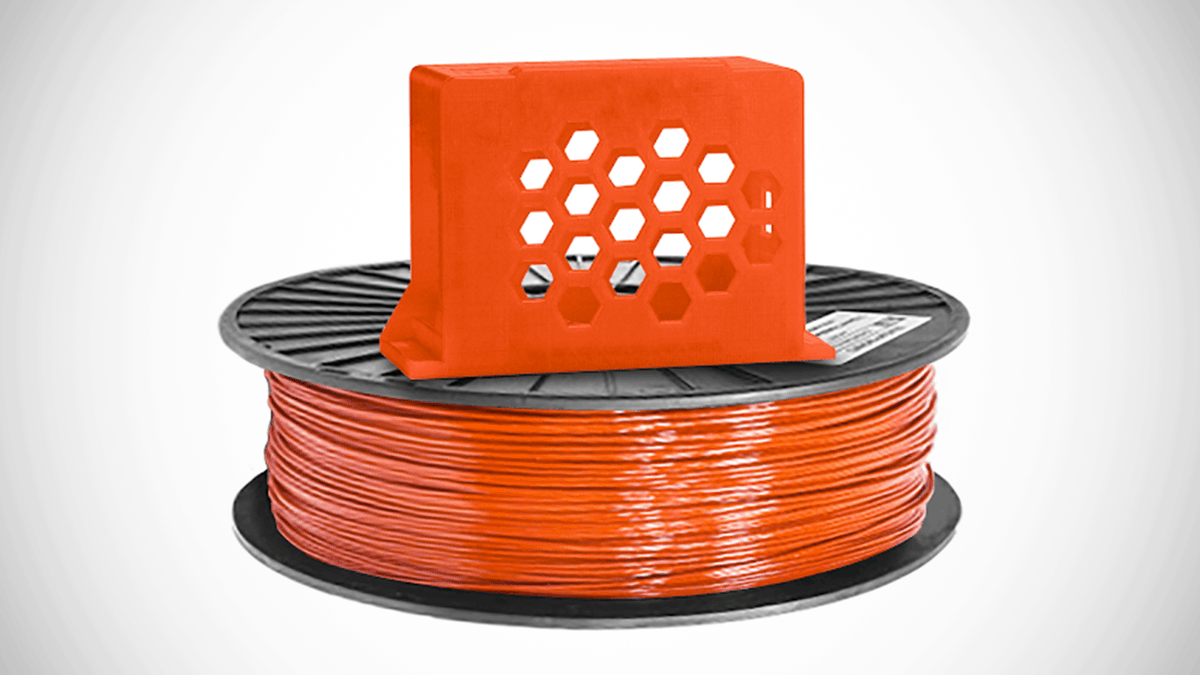
MatterHackers doesn’t just sell to consumers; it also offers professionally-aimed products, such as its Pro Series PETG, which aims to deliver the most repeatable PETG printing experience possible. MatterHackers says this takes many forms, including rigorous testing for strict dimensional accuracy standards and color consistency.
At ±0.02 mm, MatterHackers’ Pro Series PETG certainly has highly consistent dimensions, and the product is also available in 15 colors. Billed as “exceptionally tough and sturdy,” and producing high-durability, consistently accurate prints, Pro Series PETG doesn’t come cheap. A 1-kg spool will run you $57 (with free shipping in the USA).

Here you’ll find an All3DP Editor’s diary on changes made to this article over time. We hope it’ll help keep a good record of the road we’ve come down when it comes to PETG recommendations.
April 8, 2024: We’ve updated the style of the guide and added a few more inclusions to help keep it fresh and in keeping with what we think our readers expect from an All3DP Buyer’s Guide. All prices and availabilities have been checked, and the filaments have been listed in order of price from low to high.
Added in this update are PETG offerings from the likes of Fillamentum, Overture, and 3DXTech.
Note: We’ve condensed this article to simply recommend PETG suppliers. You can find the removed details on PETG published independently here.
License: The text of "The Best PETG Filaments – Buyer’s Guide" by All3DP is licensed under a Creative Commons Attribution 4.0 International License.
CERTAIN CONTENT THAT APPEARS ON THIS SITE COMES FROM AMAZON. THIS CONTENT IS PROVIDED ‘AS IS’ AND IS SUBJECT TO CHANGE OR REMOVAL AT ANY TIME.